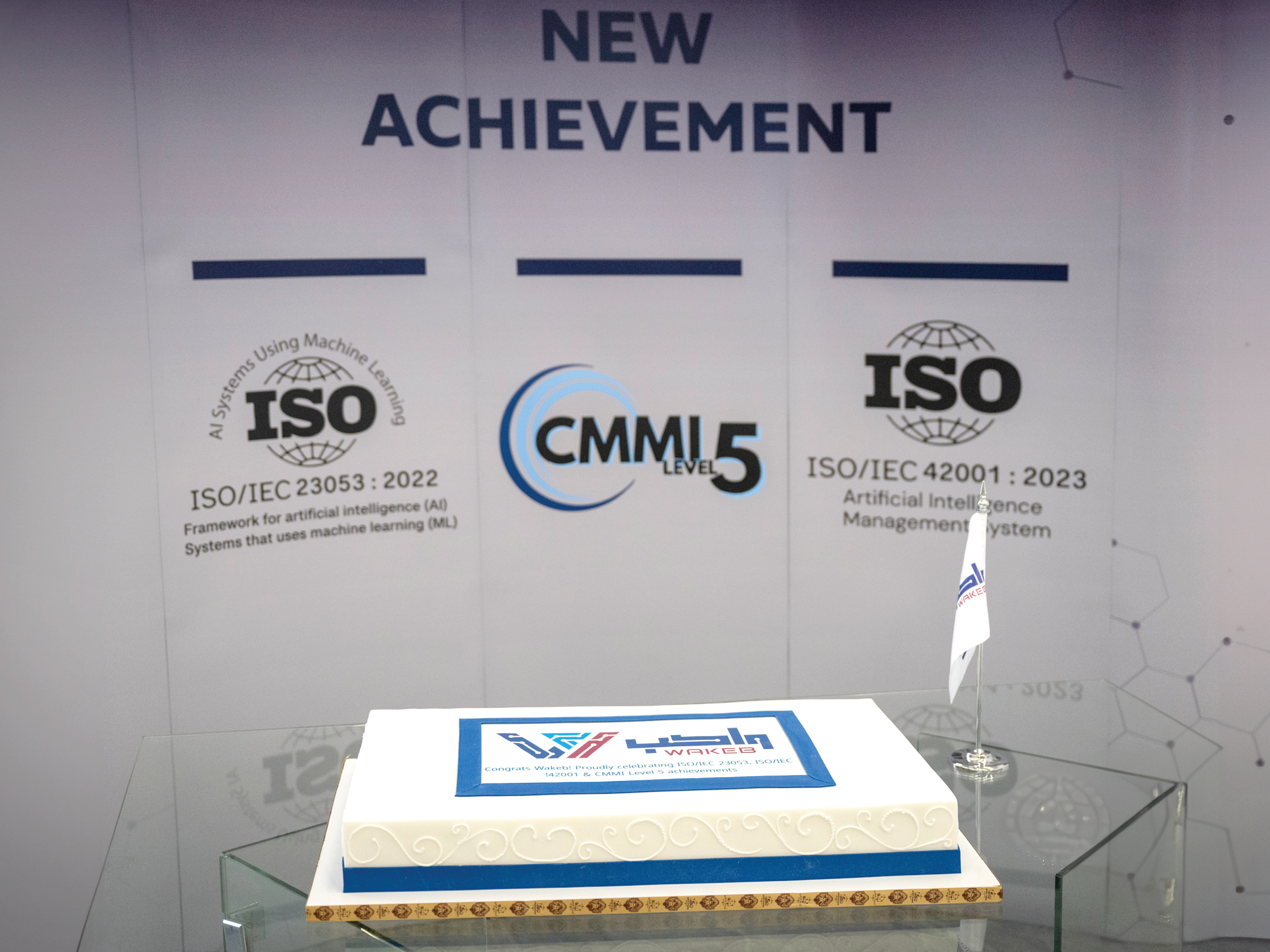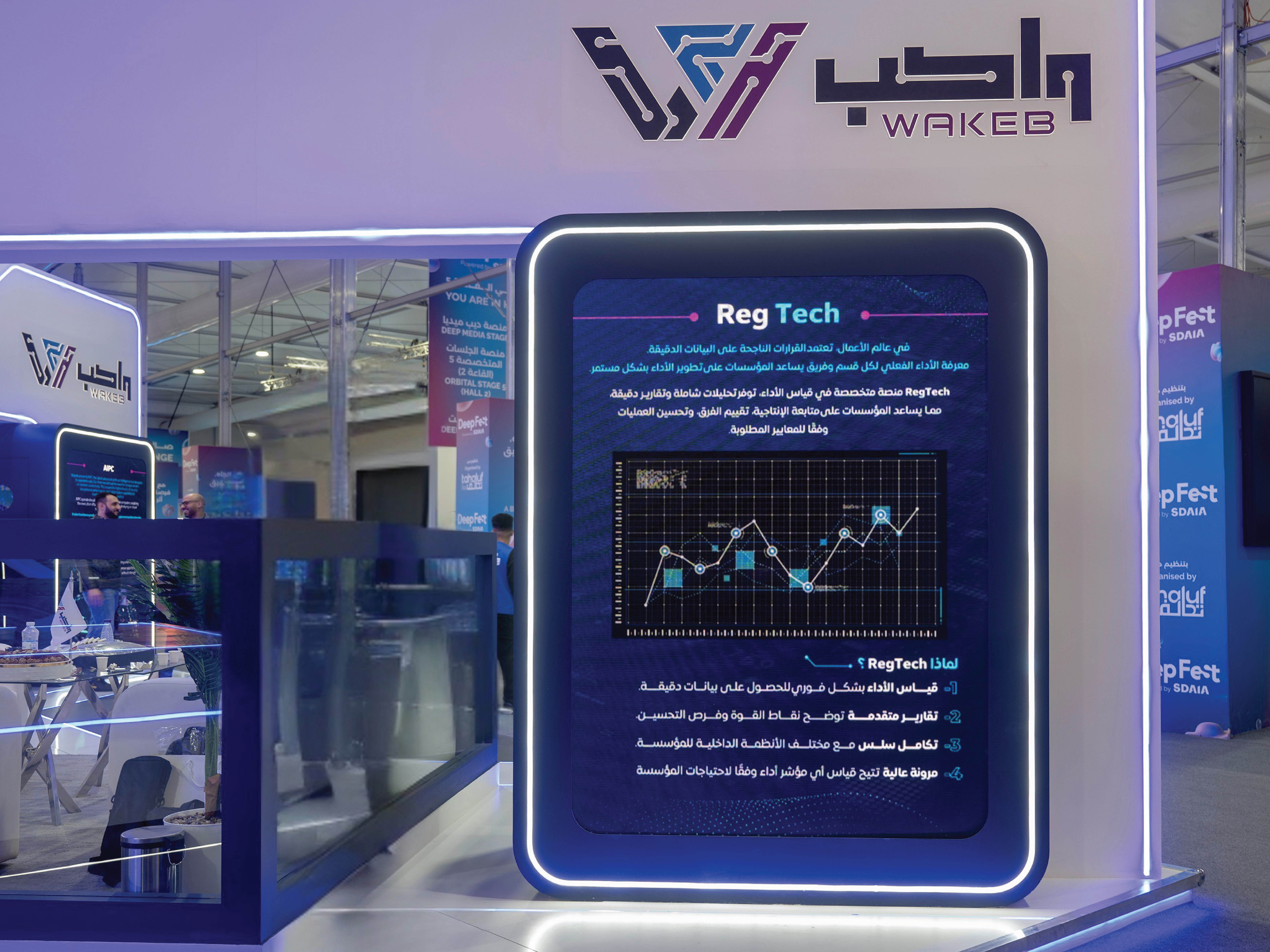WAKEB at Jubail Expo 2025

WAKEB participated as a Bronze Partner in the Jubail Asset Integrity and Operational Safety Conference & Exhibition at Jubail Expo 2025, held at the King Abdullah Cultural Center. The company highlighted its AI-driven solutions, including the WAKEB AI Platform, computer vision technologies, and drone systems.
Microchips operate by converting electrical signals
Microchips operate by converting electrical signals into electron movement across semiconductor materials. This mechanism enables chips to function according to predefined programming and to generate the electronic signals required to power a wide range of electronic devices. This process is fundamental to the development of advanced electronic systems, as it enhances the efficiency and performance of technologies that rely on microchips. It also supports the evolution of smart TVs, advanced smartphones, cutting-edge medical devices, and a variety of industrial and commercial applications that demand high-precision, high-performance technology.
Microchips come in a variety of types
Microchips come in a variety of types, each tailored to specific technological functions. Logic chips are responsible for performing digital and logical operations and are commonly found in central processing units (CPUs) and digital memory systems. Memory chips, on the other hand, are used for data storage — whether temporary, such as RAM, or permanent, such as flash memory. Wireless chips enable communication through technologies like Bluetooth and Wi-Fi, allowing seamless data transfer without physical connections. Optical chips are used in fiber-optic systems, transmitting data through light for high-speed, long-distance communication. Mixed-signal chips integrate both digital and analog components, such as digital-to-analog and analog-to-digital converters, to bridge different types of electronic signals. Biological chips represent a more specialized category, used in medical and biotechnological applications. These include DNA analysis and monitoring biochemical reactions, highlighting the expanding role of microchips in health and life sciences. In a significant move to strengthen its technological capabilities, Saudi Arabia has launched LaunchKSA — the region’s largest tech initiative — with an investment of SAR 4 billion. The program includes a series of strategic partnerships with leading global technology companies. As part of this initiative, His Excellency Eng. Abdullah Alswaha, Minister of Communications and Information Technology, announced that Saudi Arabia will begin producing semiconductor chips — designed and developed by Saudi talent. These semiconductors are often referred to as the “new oil” of the digital era, serving as a cornerstone of modern technological advancement and the information revolution. The project aims to localize 50 specialized companies focused on various aspects of semiconductor design and development, positioning the Kingdom as a regional hub in this high-value, innovation-driven industry. As a forward-looking step toward implementation, the King Abdulaziz City for Science and Technology (KACST) signed a strategic partnership with CDT International Ltd. during LEAP 2024 to advance Saudi Arabia’s semiconductor industry. The partnership aims to strengthen the Kingdom’s capabilities in microchip manufacturing, localize semiconductor design technologies, and equip national talent with the necessary skills. It also includes providing design programs and tools for faculty members and students at Saudi universities — ensuring long-term development and knowledge transfer in this critical field. The global semiconductor market was valued at USD 544.78 billion in 2023, and according to Precedence Research, it is expected to surpass USD 1.137 trillion by 2033. This remarkable growth positions the sector as a golden opportunity, attracting significant international investment from major technology companies. The projected expansion highlights the industry’s growing importance as a key driver of the global economy in the coming years. It reflects increasing demand for advanced technologies such as cloud computing, artificial intelligence, and high-performance computing — all of which further fuel innovation and investment potential within the semiconductor space.




